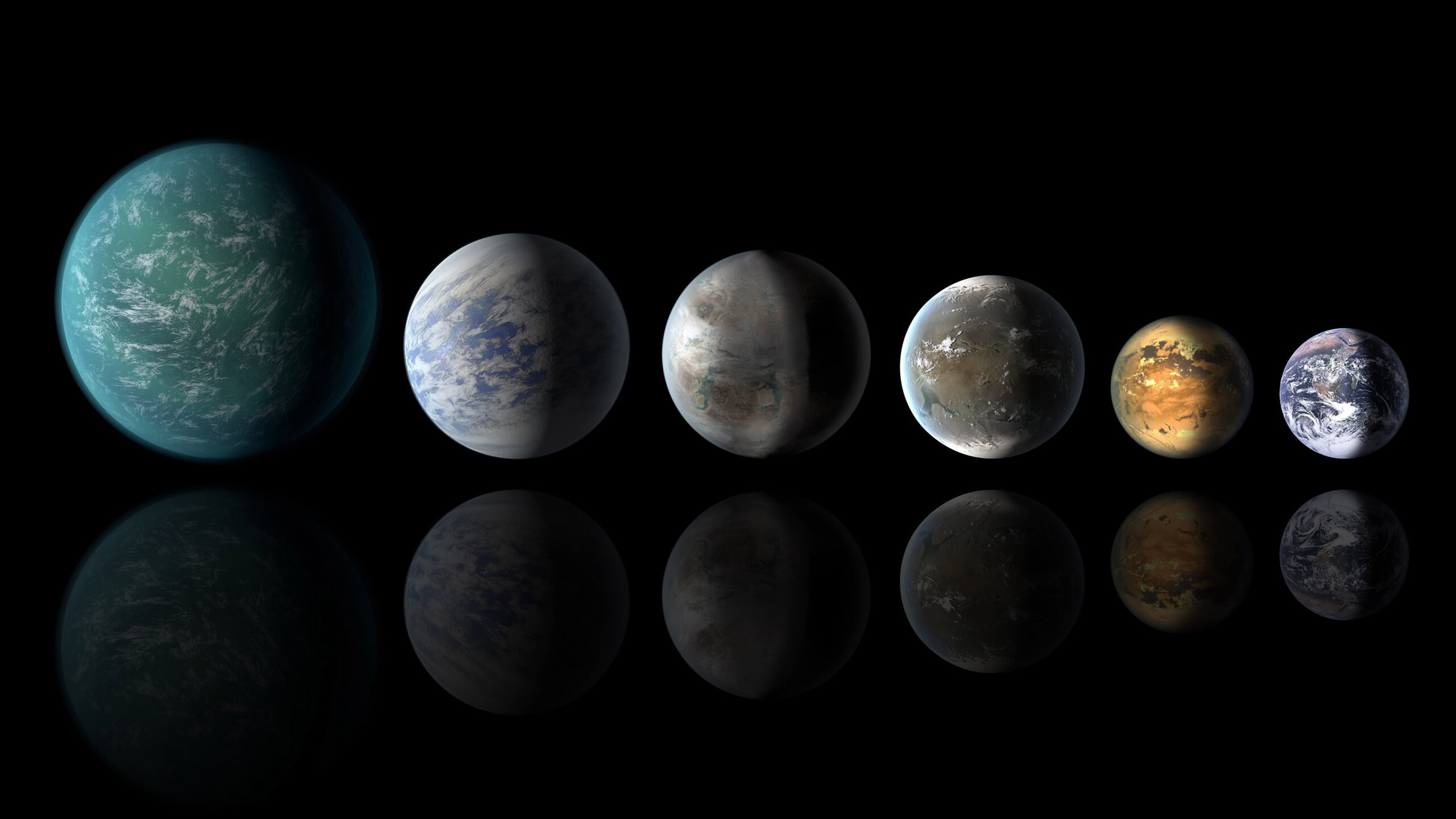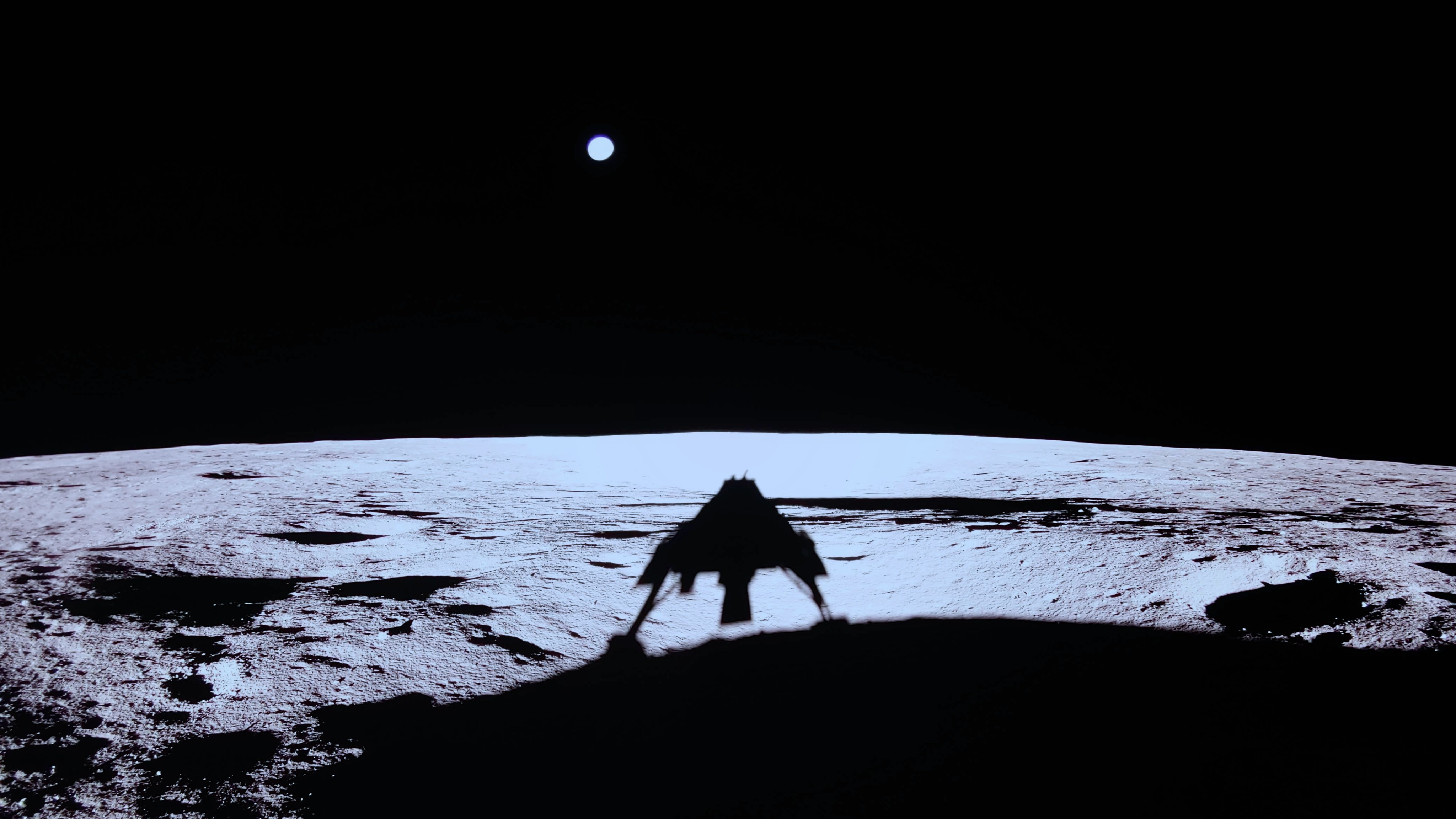Now Reading: Young vs. Old Exoplanets: Key Differences Explained
-
01
Young vs. Old Exoplanets: Key Differences Explained
Young vs. Old Exoplanets: Key Differences Explained

Rapid Summary
- A study analyzes the differences between young and old exoplanets to derive insights into planet formation and evolution.
- Young exoplanets (10-100 million years old) were observed using NASA’s TESS, while older ones (100 million-1 billion years) were studied via Kepler data.
- Findings suggest planets shrink as they lose their atmospheres due to radiation from close proximity to stars, which explains the reduced occurrence of large sub-Neptune planets around older stars.
- Tidal migration may cause planets to move closer to their stars over time, affecting orbital lengths and planetary characteristics.
- Researchers note challenges in studying young planets due to noisy signals from their host stars but emphasize the importance of understanding these processes for broader research on planet cooling, atmospheric loss, and migration mechanisms.
- Upcoming space missions like Roman, PLATO, and Gaia are expected to expand data significantly in future decades.
Indian Opinion Analysis
This study highlights ongoing advancements in astronomy that could reshape our understanding of planetary systems across the cosmos-an area where India has made contributions through ISRO’s engagement with space exploration missions such as ASTROSAT. The findings about atmospheric loss and tidal migration provide valuable clues about how Earth-like conditions could evolve elsewhere in the universe over millions or billions of years.
For India’s burgeoning scientific community focused on astrophysics research, this holds tremendous potential for collaboration or self-reliant studies enhancing global knowledge about planet evolution principles. With increasing attention on developing satellite technology for scientific purposes domestically (e.g., Gaganyaan preparations), leveraging international partnerships might integrate Indian researchers into significant exoplanet initiatives-notably benefiting local institutions fostering STEM expertise.
india must continue investing strategically in fostering observational science capabilities within its space program infrastructure as expanding datasets promise transformative discoveries that contextualize Earth’s position amidst cosmic neighbors-all while stimulating educational impact for generations ahead seeking careers anchored in high-end scientific investigation fields.






















